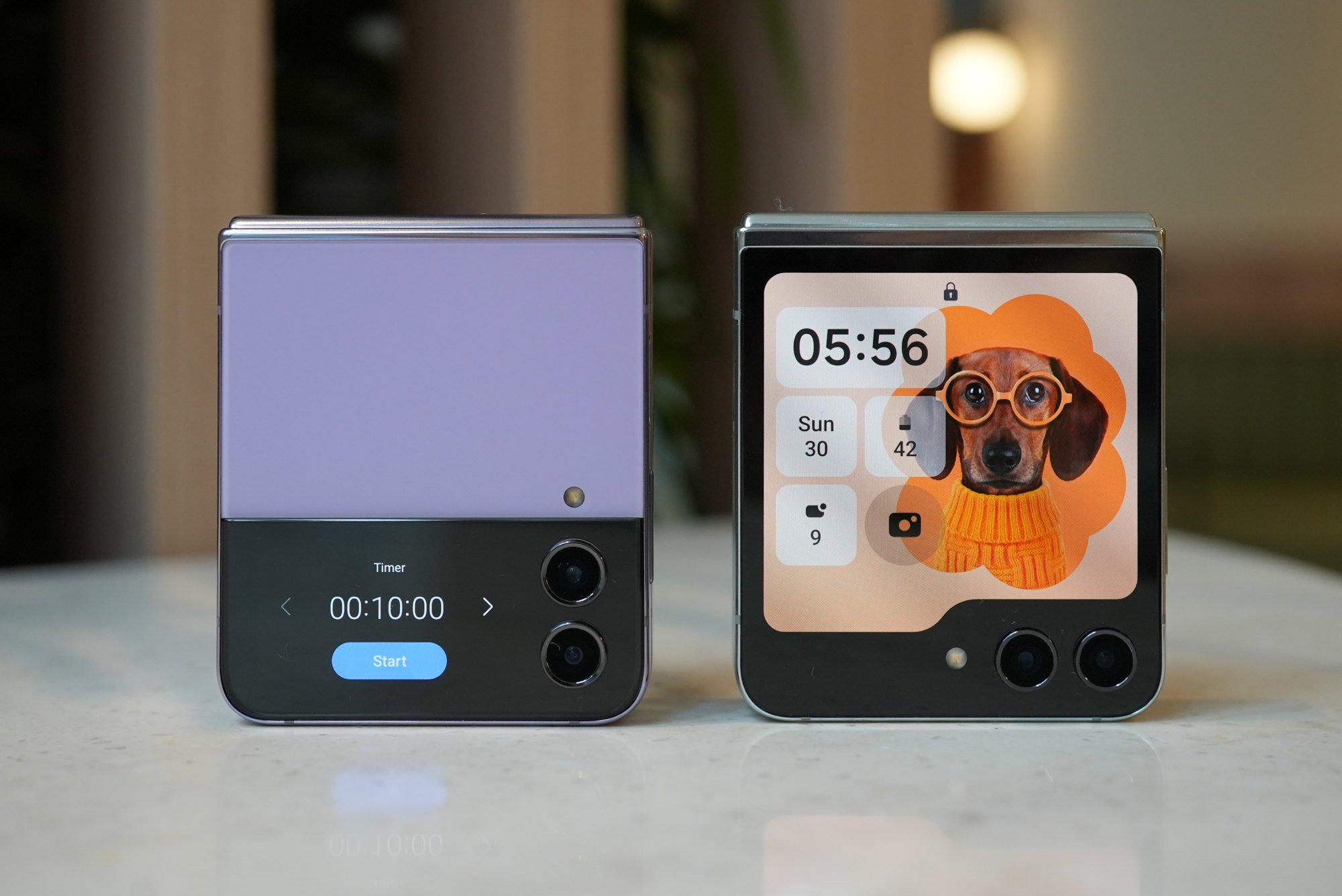
Ranked: the top 5 smartphones of 2023, from the iPhone 15 Pro Max and Google Pixel 8 Pro to two foldable phones and the best camera phone money can buy
- 2023 saw exciting smartphone developments, with Apple’s iPhone getting a big upgrade and Samsung’s monopoly on the foldable market in the West ending
- Google brought generative AI to handsets and a Chinese phone maker teamed with Leica to take smartphone photography to a new level
To the casual consumer, 2023 may appear to have been a typical year for mobile phones. There was a new iPhone, a new Samsung foldable, and the usual Chinese handset roll-outs.
But for those who follow mobile phone developments closely, it was an exciting year that saw significantly improved zoom cameras on multiple devices, the first signs of generative AI on handsets, and the end of Samsung’s near monopoly on foldable phones in the West.
I have tested every single flagship smartphone released in 2023, and here are my top five.
5. Google Pixel 8 Pro

Google’s most recent flagship handset may look nearly identical to the previous- generation model, but it introduced a major feature that has been the talk of the tech industry and will have ramifications on most of our lives: the Pixel 8 series is the first to ship with generative AI capabilities on device.
4 trees, just 1 butterfly: more nature emojis sought for conservation drive
The Pixel 8 series, comprising a standard and Pro model, packs a Google-engineered Tensor G3 chip that can handle a basic form of generative AI entirely on the device, without requiring internet connection.
This allows the Pixel 8 phones to edit photos by creating entirely new pixels.
From my testing, I was able to remove the backgrounds of images and replace them with entirely new scenes, or delete a chair and generate a table in its place.
Xiaomi 14 Pro: powerful phone with super bright display, top camera system
For now, the Pixel 8 Pro’s generative AI editing misses more than it hits, but when it does hit, it leaves my jaw on the floor. This is just the beginning – phones in 2024 running on Qualcomm’s Snapdragon 8 Gen 3 chip will also introduce generative AI.
4. Samsung Galaxy Z Flip 5
Samsung’s 2023 Flip foldable phone only really made one meaningful improvement, but it was big enough to fundamentally change the trajectory of the phone line.

I disliked using Samsung’s previous Flip phones because the outside cover screens were tiny, which meant I had to unfold the phone every time I needed to do anything meaningful.
3. Apple iPhone 15 Pro Max
Apple also gave the previously hard corners of the iPhones a subtle chamfered corners, and shaved a couple of millimetres off the bezels.

Apple also improved the cameras significantly with new hardware and software. There’s a new 5X telephoto zoom lens that can produce excellent 120mm images and videos.
I’ve always thought the iPhone was lagging behind Android flagships in terms of zoom photography, and this year, Apple finally caught up – although it did not take the lead.
The iPhone 15 phones can also shoot in 24-megapixel mode, using a new software technique that combines a pixel-binned 12-megapixel image and a full resolution 48-megapixel image for a photo with much improved high dynamic range (HDR).
Apple iPhone 15 series hands-on look: USB-C charging, upgraded cameras
I have always been vocal about preferring to use Android handsets to iPhones, but the iPhone 15 Pro Max is so good that my SIM card stayed in the phone much longer than usual this year.
2. Xiaomi 13 Ultra

The main camera lens, with a one-inch sensor, also has a moving shutter that can switch apertures on the fly, allowing for more control over images. They are paired with Leica image processing.
Photos taken using the Xiaomi 13 Ultra have a more organic, raw feel than other smartphone photos, which can sometimes appear over-processed.
If you want a smartphone that can snap the best photos, get this one.

1. Oppo Find N3/OnePlus Open
This foldable phone had a slightly confusing release: it is known as the Oppo Find N3 in China and most of Asia. But in India and the West, including the United States, it was released under the OnePlus sub-brand, and named “Open”.

The Find N3/Open is excellent, beating Samsung’s Z Fold 5 in the most important areas: it has a brighter screen with a less visible crease, better camera hardware and a thinner, lighter body.
The Oppo Find N3/OnePlus Open is important because it’s the first Chinese foldable to truly go global. This effectively puts the pressure on Samsung, which many insiders felt had been cruising for the last two years, to step up its game.
Competition leads to better products, and we finally have a competitive foldable phone scene.

